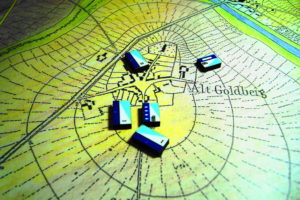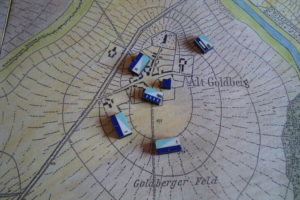Earlier this year I devoted several posts to extolling the happy and simple virtues of Kriegsspiel. It was a wonderful simple time.
Then I started reading. I found both the Austro-Prussian and Russo-Turkish Kindle books real cheap a month ago (Kindle pricing is a tide pool). The former also discusses the 1864 Danish War. Perfect for the 1862 Kriegsspiel rules.
But, this new cursory knowledge created real questions. How can I play this game when both sides are Prussian. After all, the ranges and weapons’ effectiveness is based on Prussia’s arsenal. Once again, down the slippery slope.
All kinds of research and conversions. How long is a pace? How many paces in a meter? What’s the range of Austrian weapons? Can I convert all of this over to the more advanced rifles of the later Russo-Turkish war? What are the differences in regiment, division and corps organization? Austrian columns versus Prussian skirmishing “Zugs”?
This doesn’t leave much time to play the game, especially when I have to set it up on the dining room table and the Holidays are fast approaching.
An interesting set of problems.
Not to mention the need for attention to tactical detail.
Here’s my initial set-up for the reinforced battalion defending an avenue of approach to the critical bridge.

Let’s leave the artillery on the crest of the hill. 1st Company on the left has a right boundary that, well, is somewhere. At least the battery’s transport is on the reverse slope. And, where the hell is the commanding officer?

First Battalion now has limits based on the road network. The artillery is dug in on the outskirts of town. The single company from Second Battalion now has a clearly defined area of responsibility, but can still pivot to support. The Devil is in the details.